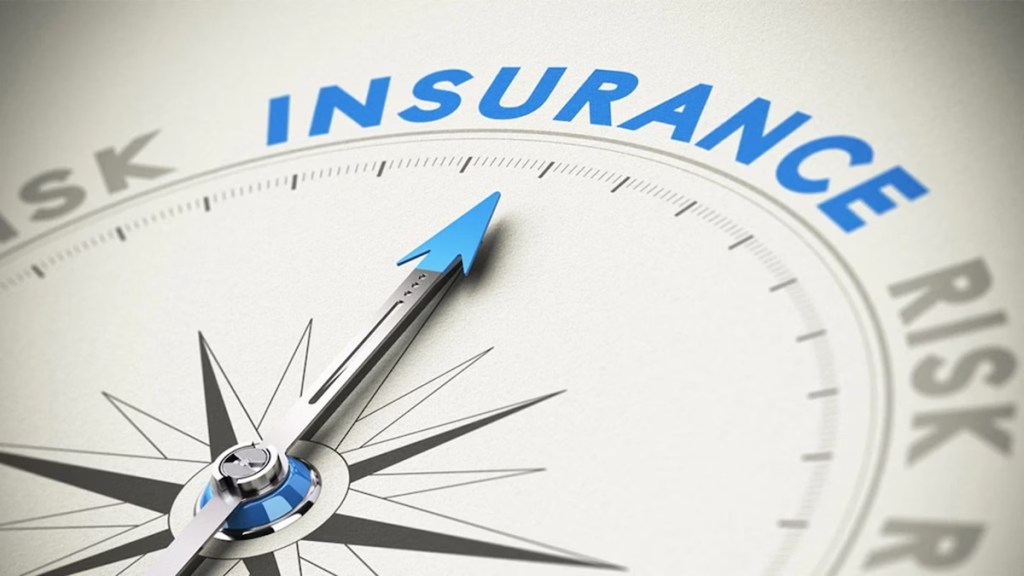General insurance companies are grappling with mounting motor insurance claims and no revision in third-party insurance premiums for five years. As one in two vehicles on Indian roads is uninsured, Saikat Neogi explains how enforcement of third-party cover can expand the risk pool
What is third-party motor insurance?
Under the Motor Vehicles Act, 1988, third-party insurance is mandatory for all vehicles. It provides compensation for the damage done by the insured vehicle to people, other vehicles or properties in an accident. It covers hospitalisation and medical treatment costs of the injured third party and also covers partial disability, permanent disability, or death of a third party. It covers damage to third-party property up to a limit of Rs 7.5 lakh and also covers basic legal costs arising due to third-party claims.
Despite the statutory legal requirement, half of the vehicles on Indian roads are operating without insurance. More than 60% of the two-wheelers plying on the roads are uninsured, according to the Insurance Information Bureau of India (IIBI). As India has one of the highest numbers of deaths due to road accidents in the world, coupled with a huge number of uninsured vehicles, accident victims or their dependents are deprived of insurance compensation. In most cases, the vehicle owner is also not in a position to pay the tort amounts decided by the court.
How are the premiums determined?
The Ministry of Road Transport and Highways, in consultation with Insurance Regulatory and Development Authority of India, decides the premiums based on the claims data for the preceding three to five years. The rates are linked to the type of vehicle and the engine capacity. The claims ratio in the motor segment was 86.4% in FY24, against 87.3% in FY23. The combined motor claims ratio of the four public sector insurers was 102% in FY24. They paid Rs 14,233 crore as third-party motor claims and Rs 8,858 crore for own-damage claims in FY24, while private insurers paid Rs 13,517 crore as third-party claims and Rs 18,420 crore as own damage claims. While the uninsured vehicles pose a danger to society, the loss of premiums to the insurers is huge.
Offences and liabilities
A first-time offender can be fined Rs 2,000 or jailed for three months, or both. The fine can go up to Rs 4,000 for a second offence. Enforcement remains patchy due to weak regulatory oversight, lack of data integration between vehicle registration and insurance coverage, and a complex claims process. The third-party liability is awarded by the judiciary, taking into account the age of the deceased, earning capacity, wages, etc. The reported claims frequency is the highest for the goods carrying segment, followed by passenger vehicles and private cars. While the dealer bundles the insurance cover at the time of sale, people often do not renew it due to low awareness, financial constraints, and even low usage of the vehicle or having a very low-risk driving profile.Rising litigation related to claims settlement is another dampener. For two-wheelers, third-party insurance premium is Rs 538-Rs 2804, while for private cars it is Rs 2,094 to Rs 7,897, basis the engine capacity. For goods carrying commercial vehicles (public) it is Rs 16,049 to Rs 44,242.
Need for strict enforcement
The IIBI shares the insurance details with VAHAN (the national registry of vehicles) for enforcement agencies to take necessary action against offenders. A parliamentary standing committee on finance had suggested electronic challans across states by leveraging data integration. Text messages as is done for vehicles without a pollution certificate, can help nudge renewals. Making third-party cover mandatory to get a pollution certificate, buy fuel, get a FASTag, and renewal of driving licence can also help. Dealers must ensure that owners of new vehicles take a longer-term third-party cover — three years of cars and five years for two-wheelers—an order issued by the insurance regulator in 2018 after a Supreme Court directive. Even if half of the uninsured two-wheelers took only the mandatory third-party cover, the premium potential would be over Rs 4,500 crore, per an IIBI analysis. “This will not only provide a wider shield to the ordinary road accident victim but also lead to a lowering of motor third-party tariff,” it says.
Lessons from other countries
It is mandatory to have third-party cover in the US, UK, and other advanced countries. In the UK, if a vehicle is driven without the cover, it is impounded and even destroyed. The owner has to pay a fine of up to £1000 and even face prosecution. In the US, the penalty for driving a vehicle without third-party cover is $5,000, and the vehicle is impounded. Also, the entire liability in case of any accident will have to be borne by the vehicle owner. The industry has developed a system of online verification where the state’s department of motor vehicles has access to real-time information on insurance and can check this at traffic stops. Some states have low-cost auto policies for drivers who cannot afford regular liability policies. Premiums are sufficient to cover losses and expenses, and there are flexible payment options.

